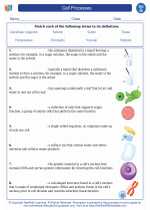Eyeglasses
Eyeglasses, also known as spectacles or glasses, are visual aids consisting of a pair of lenses mounted in a frame that holds them in front of a person's eyes. They are primarily used for vision correction, but can also be used for protection against environmental factors such as sunlight or blue light from digital screens. Eyeglasses come in various styles, shapes, and materials, and can be tailored to suit individual needs and preferences.
Functions of Eyeglasses
- Vision Correction: Eyeglasses are commonly used to correct refractive errors such as myopia (nearsightedness), hyperopia (farsightedness), astigmatism, and presbyopia.
- Protection: Some eyeglasses are designed to protect the eyes from harmful UV rays, glare, and blue light emitted by digital devices.
- Fashion and Style: Eyeglasses have become a fashion accessory, with various frame designs and colors allowing individuals to express their personal style.
Components of Eyeglasses
An understanding of the key components of eyeglasses is essential for anyone studying or interested in this topic:
- Lenses: The lenses of eyeglasses can be made from glass, plastic, or polycarbonate, and are responsible for refracting light to correct vision problems.
- Frames: The frame holds the lenses in place and can be made of metal, plastic, or a combination of materials. It also determines the overall style of the eyeglasses.
- Nose Pads and Temple Arms: These components provide support and comfort, allowing the glasses to sit securely on the wearer's face.
- Hinges: Hinges enable the temple arms to fold inward, providing convenience for storage and carrying.
- Adjustable Features: Some eyeglasses feature adjustable nose pads and temple arms to ensure a customized fit.
Choosing the Right Eyeglasses
When selecting eyeglasses, several factors should be considered to ensure the best fit and function:
- Prescription: It is crucial to have an up-to-date prescription from an optometrist or ophthalmologist to ensure accurate vision correction.
- Face Shape and Frame Style: Different frame styles complement various face shapes, so it's important to choose frames that enhance one's features.
- Lifestyle and Activities: Consider the activities in which the glasses will be worn, whether for work, sports, or leisure, to determine the most suitable design and materials.
- Budget: Eyeglasses come in a wide price range, so it's important to consider one's budget while also prioritizing quality and durability.
Maintenance and Care
Proper maintenance and care are essential to prolong the lifespan of eyeglasses:
- Cleaning: Eyeglasses should be cleaned regularly using a microfiber cloth and lens cleaner to remove dirt, oil, and smudges.
- Storage: When not in use, eyeglasses should be stored in a protective case to prevent scratches and damage.
- Adjustments: Periodic adjustments by an optician may be necessary to ensure the glasses fit properly and comfortably.
- Repairs: In case of damage or loose parts, it's essential to seek professional repair to maintain the functionality of the eyeglasses.
Study Guide
Here are some key points to focus on when studying the topic of eyeglasses:
- Explain the functions of eyeglasses in vision correction and protection.
- Describe the components of eyeglasses, including lenses, frames, and adjustable features.
- Discuss the factors to consider when choosing the right eyeglasses, such as prescription, face shape, lifestyle, and budget.
- Outline the importance of maintenance and care for eyeglasses to ensure longevity and optimal performance.
By understanding the functions, components, selection criteria, and maintenance of eyeglasses, you can gain a comprehensive understanding of this essential visual aid.
.◂Biology Worksheets and Study Guides High School. Cell processes
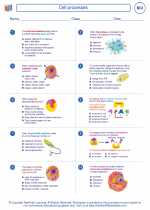
 Worksheet/Answer key
Worksheet/Answer key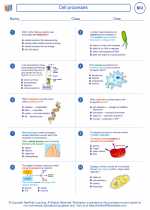
 Worksheet/Answer key
Worksheet/Answer key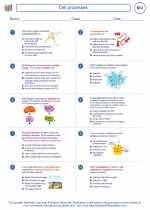
 Vocabulary/Answer key
Vocabulary/Answer key
 Vocabulary/Answer key
Vocabulary/Answer key
 Vocabulary/Answer key
Vocabulary/Answer key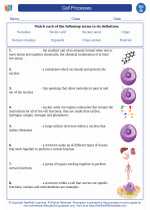
 Vocabulary/Answer key
Vocabulary/Answer key
 Vocabulary/Answer key
Vocabulary/Answer key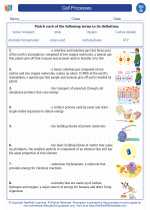
 Vocabulary/Answer key
Vocabulary/Answer key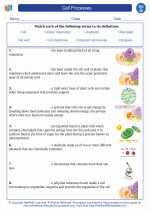
 Vocabulary/Answer key
Vocabulary/Answer key